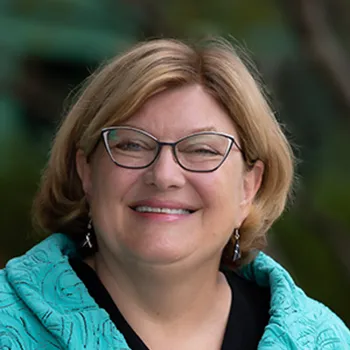What will retirement look like for you? This question — while important in determining financial requirements — may be harder to answer than you expect.
Not only can partners disagree on retirement plans, but there are also retirement stages to consider.
The MIT AgeLab has identified four distinct retirement stages. We often only picture the first one, which you might think of as the honeymoon. This is where the stereotypes of beaches and cruises and golf courses come in.
But there is much more to retirement than those early years of relaxation, hobbies, or travel. Just as the first quarter of your life had many stages, so will the final quarter.
So, think beyond the honeymoon. Chart out what you want in the decades of retirement. What are your goals for each of the four retirement stages? How will you spend your time? Where will you live? What will your needs be?
Keep in mind that the resources you will need in each stage are not just financial but also physical, cognitive, and social. How do you ensure you have the right resources and how will you use them?
Let’s look at the things to consider in each retirement stage.
Stage 1: Honeymoon
Yes, this is the time we’re all looking forward to. There is so much time to visit with family and friends, follow our passions, and just enjoy time that’s all our own.
But you want to think about how you’ll manage the ambiguity that comes along with all that free time, so it doesn’t blindside you.
Some people have a bit of identity crisis, trying to figure out who they are without their job. You might consider a slow transition into this phase, moving to part-time or consulting work before quitting work altogether.
Also think about how you’ll fill your time without work to structure it around. Keep in mind the possibility that not all your time will be your own. You may find yourself volunteering more during this time or serving as a caregiver to parents or older siblings.
Stage 2: Big decisions
At some point, the honeymoon will give way to a time of big decisions. This is when you might consider moving and/or downsizing.
You will want to weigh buying a new home versus renting and living in a single-family neighborhood versus a retirement community or building. Maybe the move will enable you to give up a car or even two.
With housing making up a large part of most people’s budgets, consider now what this stage might look like so you can factor it into your planning.
Stage 3: Longevity
Next, life will begin to get more complex. Your health situation might become more difficult, and physical or cognitive restrictions might affect your daily life. You financial and support needs will likely increase during this time.
Think about who your support network will be and what resources you will lean on during this time. Do you have plans for a power of attorney? Will you be able to get help around the house? Do you have an estate plan?
Stage 4: Solo journey
The last stage is the one that most people with partners don’t like to think about, but is inevitable for one of the two.
We’ve written before about how to prepare financially for the death of a spouse. But there are other preparations as well: Wills, health proxies, and caregiver arrangements, for example.
Remember that this isn’t necessarily an end-of-life stage for the survivor. Only 48% of women over age 65 live with a spouse or partner, while 34% live alone and 18% live with someone else, according to the 2018 Profile on Older Americans from the U.S. Department of Health and Human Services.
With that in mind, consider what your life will look like on your own. Maybe you will move through the first three stages again. You might pursue passions that didn’t interest your partner, might move again or for the first time, might need to rethink your support network.
See retirement for all its stages
While nobody can predict when and how you will move through each of these stages, keep them in mind as you set your goals and vision for retirement. Each stage has its own needs – financially and otherwise – that you will want to factor into your plans.

